The bird population has steadily increased over the past 15 years in a variety of locations across North America, and it is possible that you might have seen different types of blue birds in Michigan.
These birds travel across America, and you may be able to spot different species of them easily.
In Michigan, there are more than a dozen different species of blue bird, so your chances of seeing one are good.
In case you want to know all the types of blue birds found in Michigan, then this discussion shares all the important information regarding these birds.
| Image | Name |
|---|---|
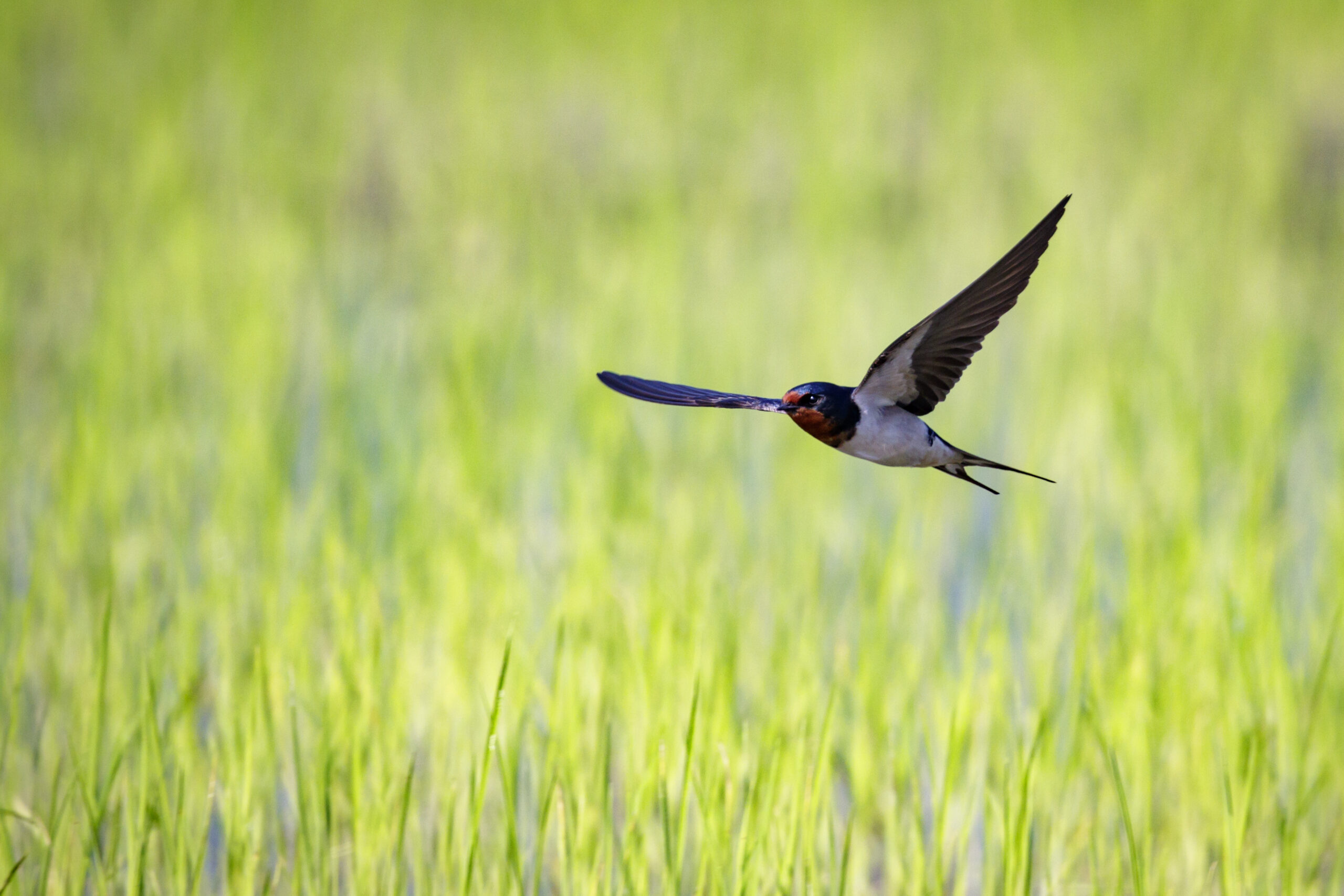 | Barn Swallow |
 | Blue-Gray Gnatcatcher |
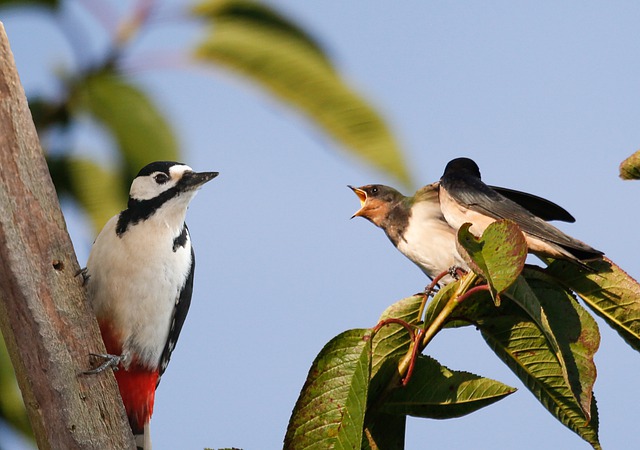 | Tree Swallow |
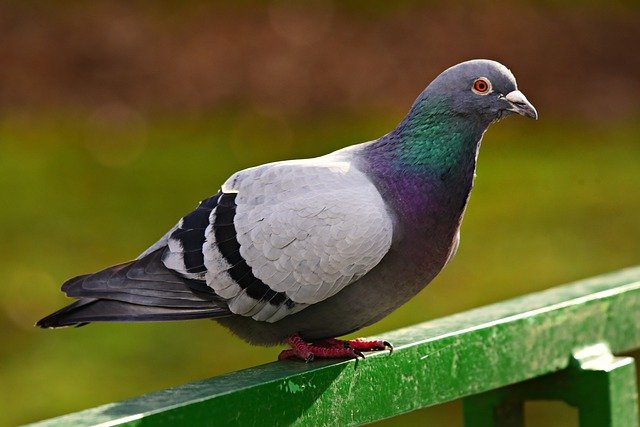 | Rock Pigeon |
 | Blue Grosbeak |
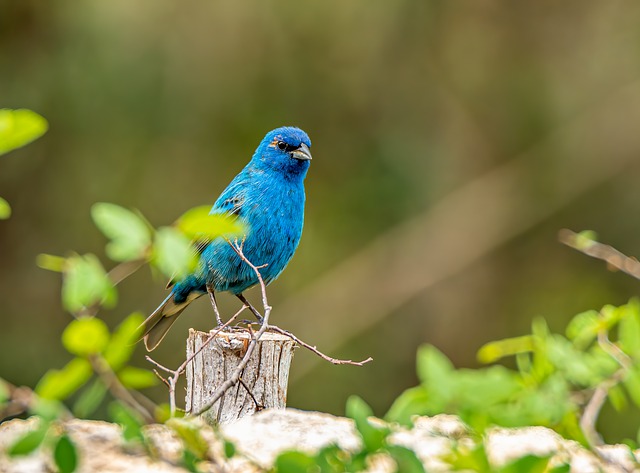 | Indigo Bunting |
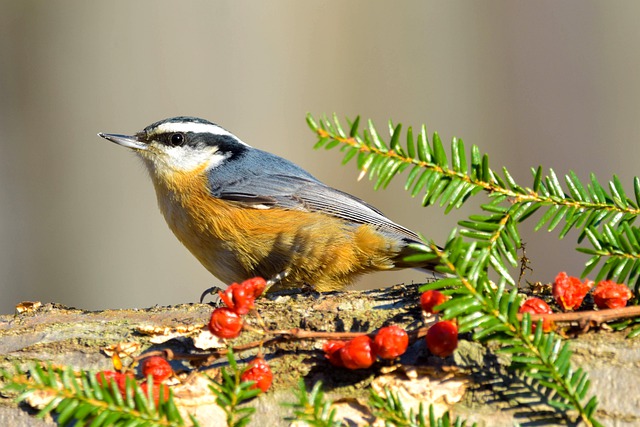 | Red-Breasted Nuthatch |
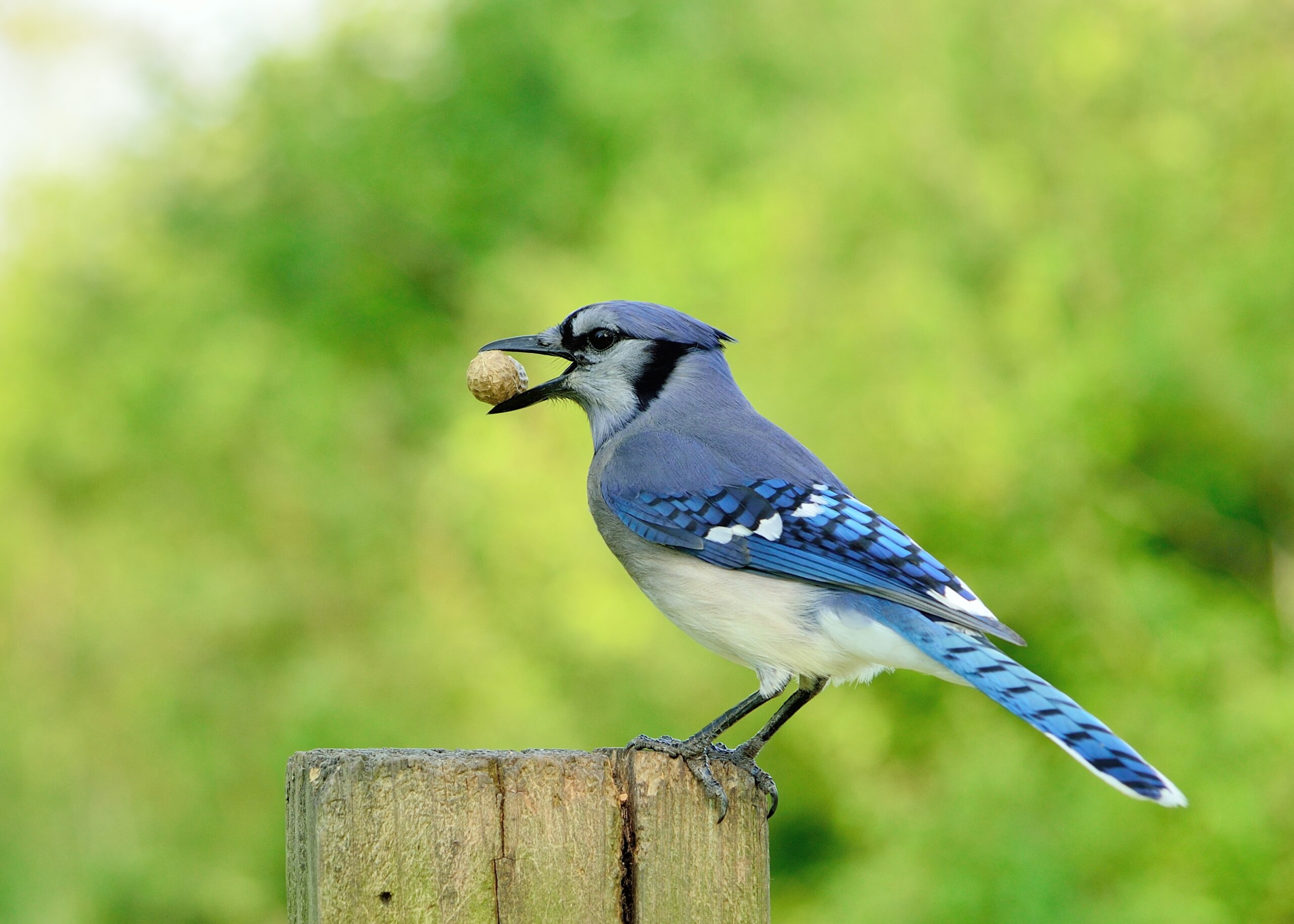 | Blue Jay |
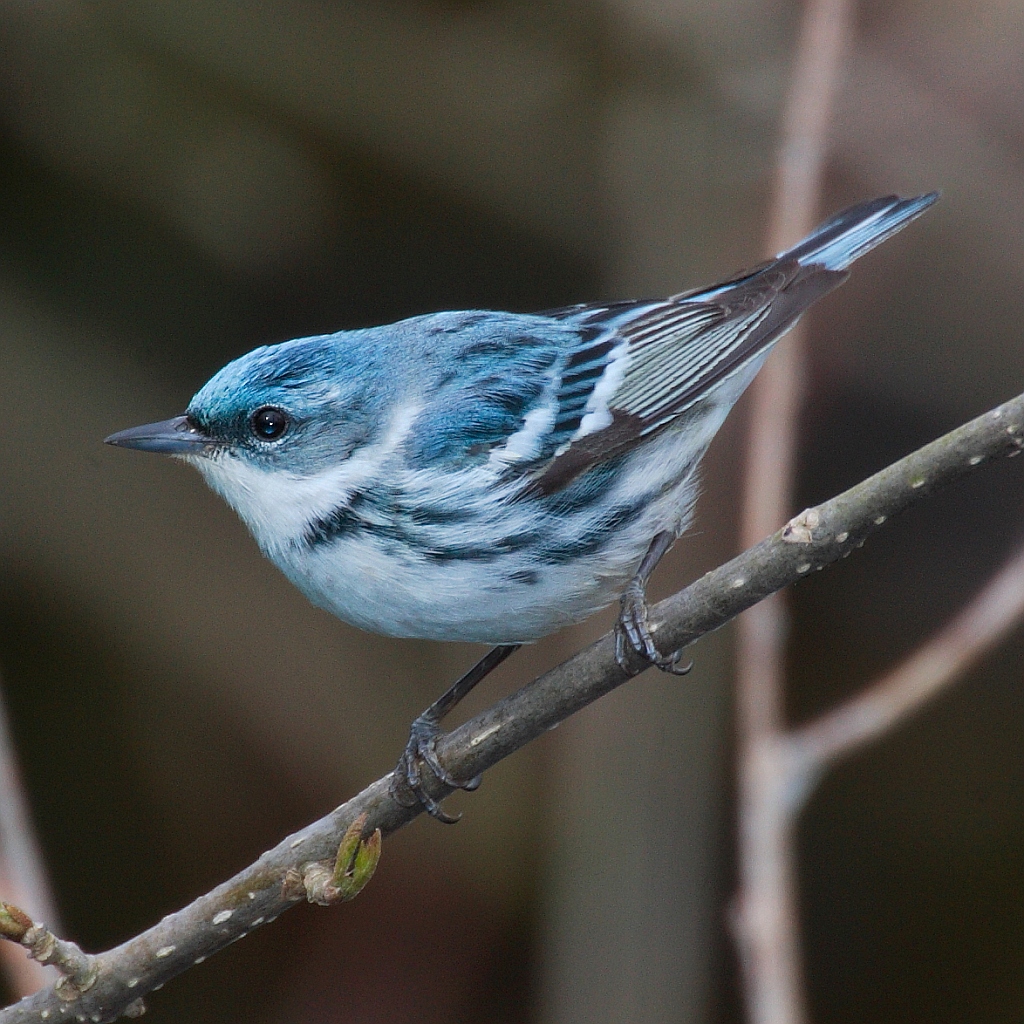 | Cerulean Warbler |
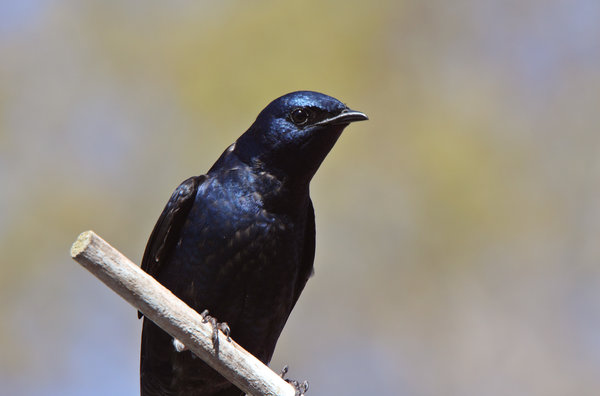 | Purple Martin |
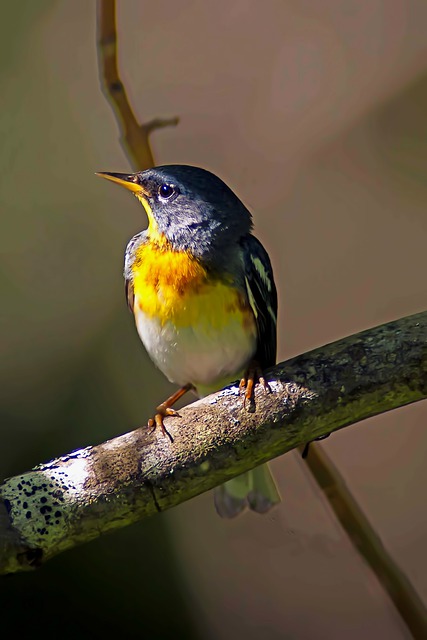 | Northern Parula |
 | Eastern Bluebird |
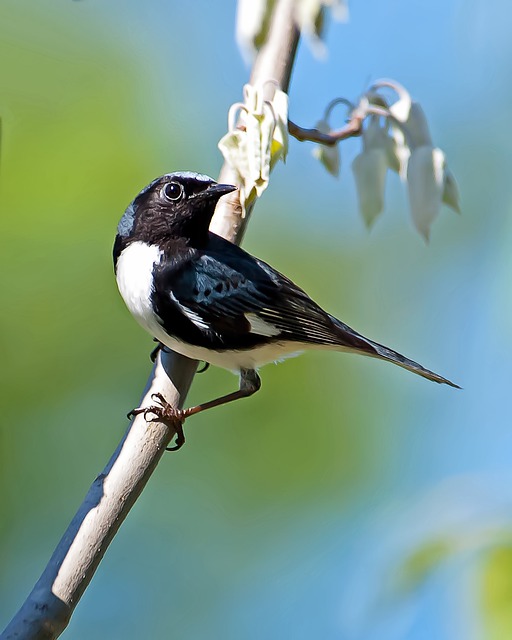 | Black-Throated Blue Warbler |
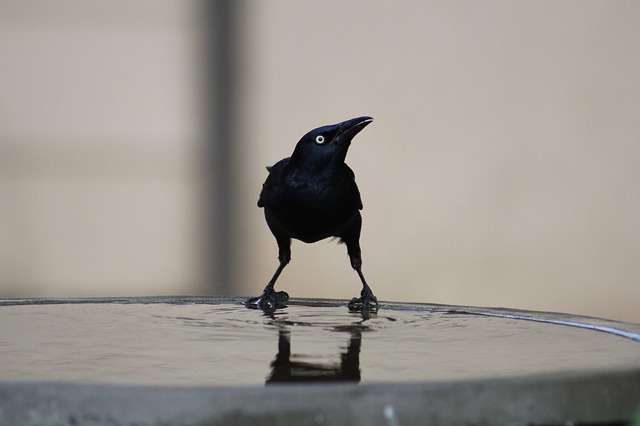 | Common Grackle |
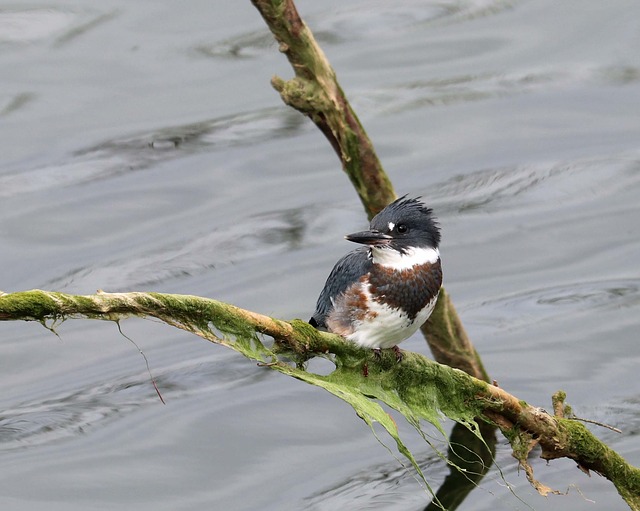 | Belted Kingfisher |
Types of Blue Birds in Michigan
1. Barn Swallow
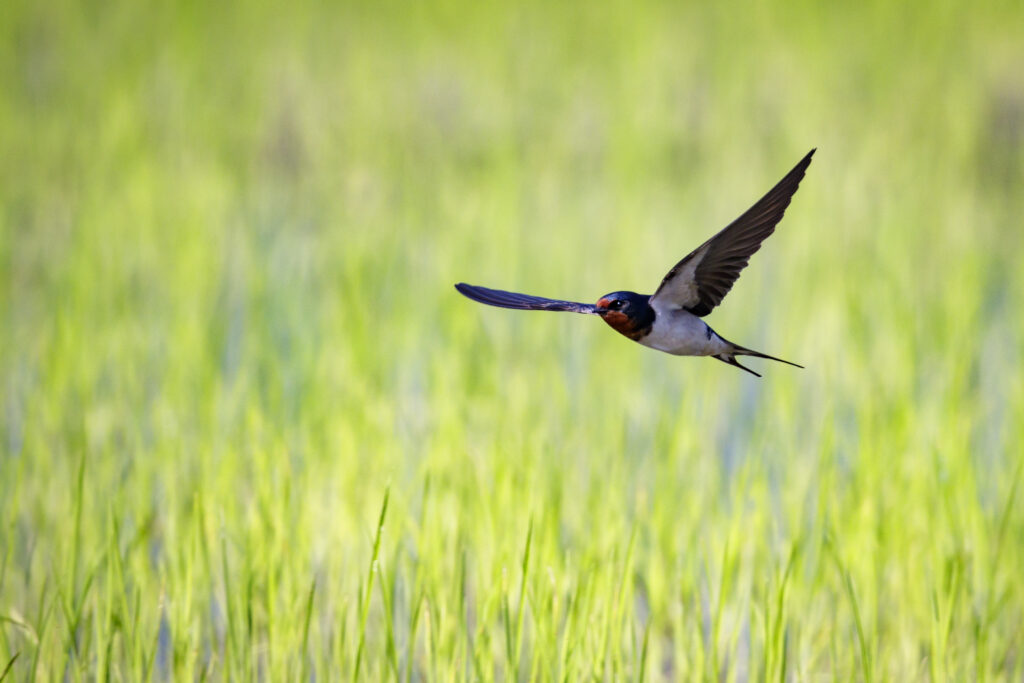
Nearly all of America is home to the barn swallow. These birds used to nest in hollow trees and caves, but now they are mostly found near buildings and bridges.
It features iridescent blue upper parts that, when exposed to sunlight, glitter in a range of dark blue hues.
The Barn Swallow is a kind of swallow that feeds on flying insects like mosquitoes and flies, catching them closer to the ground than other swallow species.
It consumes termites while residing in its winter habitat. Its belly is light reddish-orange, with a chestnut orange forehead and throat and a reddish-orange underside.
Another excellent characteristic of the Barn Swallow that you may use to recognize this bird is its deeply forked tail.
However, be aware that young barn swallows have duller plumage than adults and a shorter, less forked tail. In most locations, barn swallows are still a fairly frequent sight.
However, Barn Swallow populations have generally been declining, particularly in the northern part of their territory.
This fall is probably brought on by the reduction in breeding and foraging locations.
2. Blue-Gray Gnatcatcher

With the exception of its long tail, the Blue-gray Gnatcatcher resembles a warbler quite a little.
Male adult birds have lighter grey underparts and blue-gray top parts. A white stripe can be seen at the edges of the black tail.
Female adult birds have ray-like upper parts and light grey underparts. Both sexes’ eyes have white eyering.
In the temperate parts of North America, the Blue-gray Gnatcatcher breeds primarily from the beginning of May to the end of August.
It is a seasonal migrant with year-round residents in the southeastern population.
The long tail of this bird, which is frequently tilted upward, is an excellent way to recognize it.
3. Tree Swallow

In Michigan, tree swallows are frequently seen and typically fairly simple to identify.
They have robust bodies and long tails that give them the appearance of little bluebirds.
They roam freely in search of food and when they are, keep an eye out for them as they frequently fly quickly back up into the trees.
These birds are unique in that they excel at flying upside down.
When upside down, they can hover for up to five minutes. Their wings’ location is what gives them their power.
4. Rock Pigeons

An indigenous bird to Michigan is the rock pigeon. Rock pigeons consume both plants and animals because they are omnivores.
In addition to eating microscopic insects, they can consume seeds, fruits, and even the eggs of other birds.
Both rural and urban settings can be home to these birds, which can survive in practically any habitat. They are pigeons, doves, and grouse family members, the Columbidae.
The normal coloration of rock pigeons is black or dark brown, with white chests and wings.
They have hooked beaks and lengthy tails. In Michigan’s landscapes, rock pigeons are a common sight, and their characteristic call is frequently audible in the early morning or late at night.
5. Blue Grosbeak

A stocky songbird with a massive, triangular bill that appears to span its entire front face, from the neck to the forehead, is the stunning Blue Grosbeak.
These birds are bashful, and as a result, they usually hide. However, occasionally they can be seen in the open.
A Blue Grosbeak in distress will exhibit restless behavior and repeated tail stretches.
Because of their plumage, they have a pretty distinctive appearance. Adult males have a little black mask on their faces, deep blue feathers with chestnut barring, black and silver beaks, and a small black mask.
Females have darker-colored heads and a more muted cinnamon color. Blue tails are found in males and females alike. Unfortunately, they are quite frightened and shy.
If you’re fortunate enough to observe a Blue Grosbeak, you must be extremely calm and patient to avoid scaring it away. Often, you can hear this bird’s enchanting song.
Summertime in the Southern states is characterized by the sound of the Blue Grosbeak’s husky warble song. It shouldn’t come as a surprise to anyone who is interested in these vocalists because their voices are among the most exquisite in the bird realm.
Although they occasionally eat grains, berries, and seeds, this cautious bird primarily eats insects, such as spiders and slugs.
They hunt for food on the ground because they are quite opportunistic.
6. Indigo Bunting

The Indigo Bunting is a tiny bird with vivid colors. Only during the summer months can you find this blue bird in Michigan because it strictly migrates.
The male is almost totally azure blue in the summer, with the exception of somewhat darker brownish wingtips and tail feathers. Inconspicuous females have light brown upper parts and creamy white underparts.
The Indigo Bunting is a fairly common bird in Michigan, and it frequently visits seed-filled bird feeders in parks, gardens, and woodland edges.
Since it transitions from eating seeds to mostly eating insects in the summer, this bluebird is most frequently spotted at bird feeders in the spring.
Males frequently sing when perched in trees during the breeding season.
7. Red-Breasted Nuthatch

The Red-breasted Nuthatch is a frequent bird found in North America, Latin America, and the United States. Its body is blue, with a black cap, white throat, and black chest.
Their wings have a vivid blue color with a black border, and the male is slightly brighter than the female.
The Red-breasted Nuthatch consumes fruits, seeds, and insects as food. It builds its nest in tree cavities or along cliff faces.
From April through June, they reproduce and lay two to six eggs.
8. Blue Jay
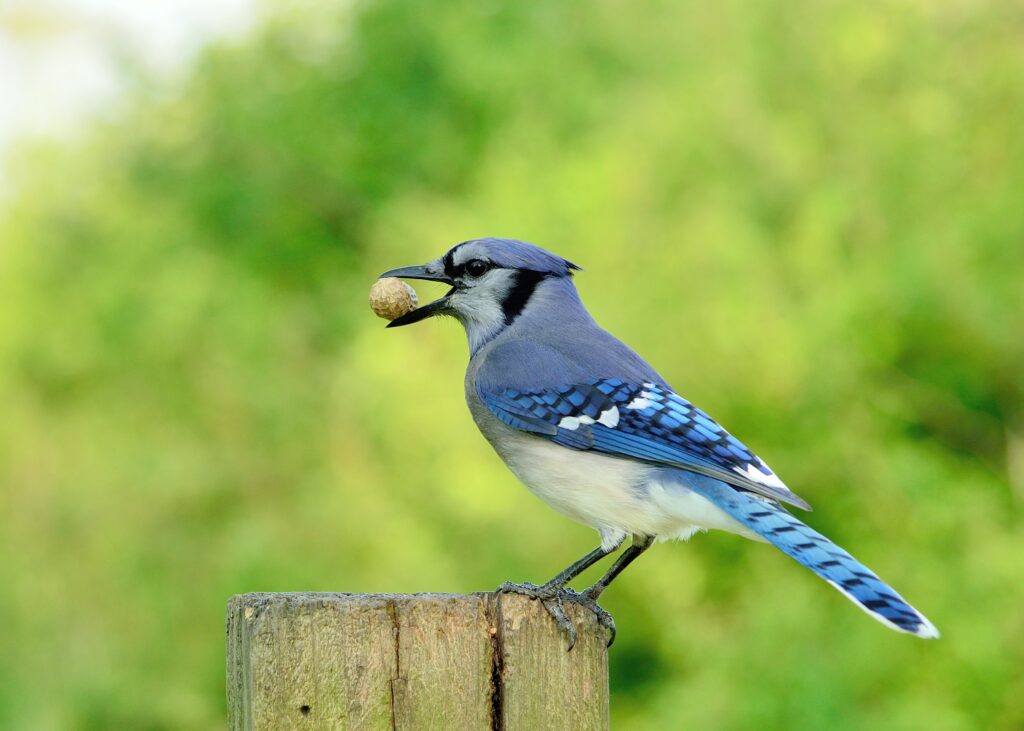
The Blue Jay is yet another popular bird in North America. Blue Jays are sociable birds that live in tiny communities known as colonies, each of which has a dominant pair and a number of subordinate individuals.
Male birds in positions of dominance aggressively chase away subordinates while defending their territory from intruders. Young birds and inferior females are tolerated but not safeguarded.
On top of their heads, they have a huge blue crest that is primarily blue on top and white on the bottom. They also wear what appears to be a necklace-like black ring around their necks.
Their wings have white, blue, and black bars on them. Jays frequently race along trees or wires while on the prowl for food before swooping down to seize prey.
Food
Despite being a partially migratory species, blue jays spend the entire year in Michigan. They may travel during the colder months to places where there is greater availability of food.
These birds frequently search for feeders and backyards. Platform feeders, peanut feeders, and feeders with big perches are all favorites of blue jays. Offering peanuts or sunflower seeds to Blue Jays will help them come to your bird feeder.
9. Cerulean Warbler
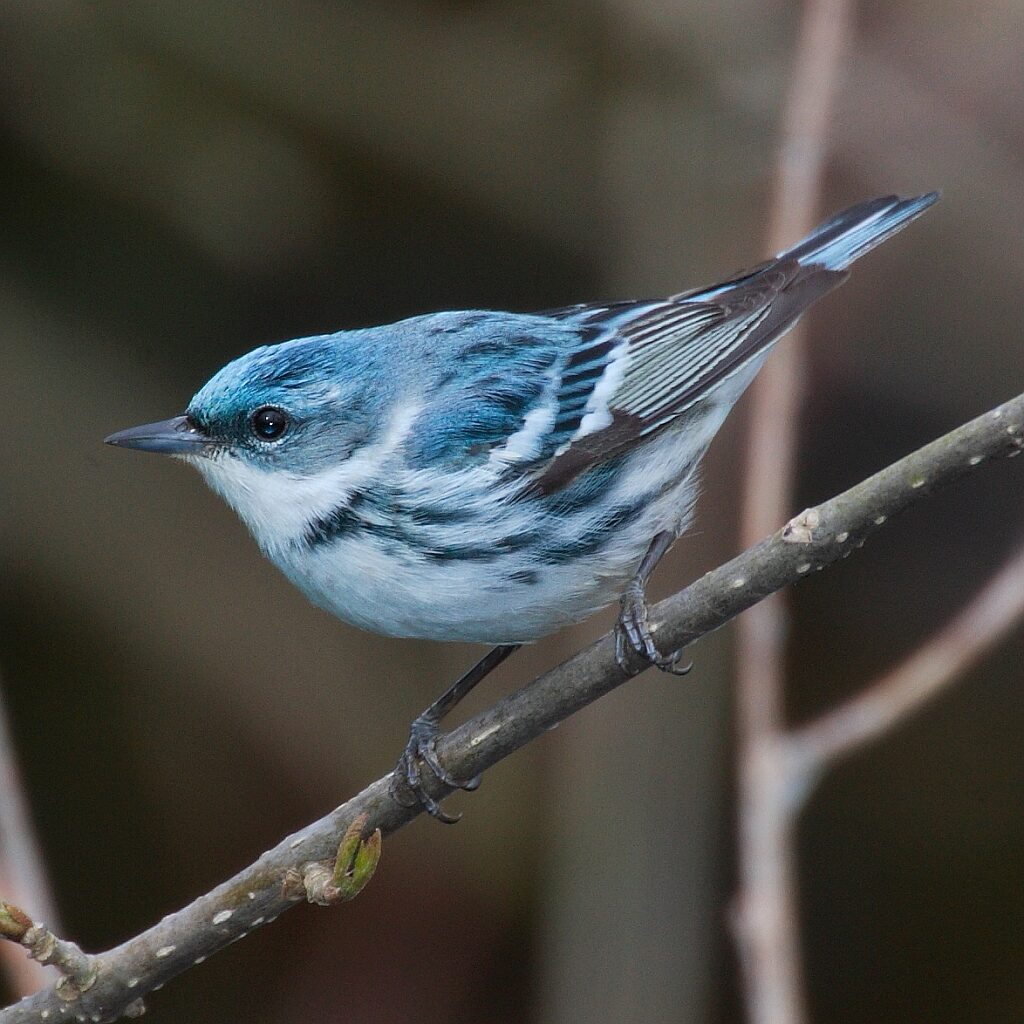
A little blue songbird with a narrow, pointed bill and distinctive banding on its wings is called the Cerulean Warbler.
These charming tiny birds like to build their winter nests in evergreen forests, where they can be found in older forests with lofty trees.
Despite their diminutive size, they have beautiful faces and distinctive vocals.
The song of the male Cerulean Warbler is very notable since it starts with three notes, moves through four warbling trills, and concludes on a high note.
The vocalization is one that people will find difficult to forget. You’ll want to keep listening to them after hearing them for the first time.
10. Purple Martin

Eastern North America is the home of the migratory Purple Martin. Since it spends the winter in Michigan, the purple martin is a common bird there.
It travels to towns and cities frequently at this time in search of food (especially seeds).
Purple Martins are well known for their loud songs and beautiful flight, despite the fact that they are not very threatening to people.
11. Northern Parula

The Northern Parula is a frequent bird in Michigan, where it can be seen in a variety of habitats around the state. The north-central United States is home to this songbird.
It belongs to the family of woodpeckers and derives its name from the fact that it frequently consumes tree sap.
This bird is amazing, and it’s always fun to hear its upbeat singing. Although it lives in the suburbs and downtown Detroit, forests are where you’ll most often find it.
Because they go through significant plumage changes as they become older, northern parulas are fascinating birds.
They are primarily green when they are young, but as they become older, their feathers get gradually darker until they achieve their adult color (which may include black or red).
12. Eastern Bluebird

In Michigan, the Eastern Bluebird is a common summer visitor. Male Eastern Bluebirds have beautiful shades of admiral blue on their top portions.
They appear to be wearing a cap because of their partially orange collars.
These birds have bright blue feathers all over, including the backs of their heads, wings, and tails.
The chest of a male bluebird is a striking rufous orange color.
Adult females have more grayish-brown coloring on their top portions. However, females also have a blue tail, rufous-orange chest and flanks, and blue wing feathers.
They travel in flocks during the fall migration and like eating fruits and berries. Although it migrates in the northern half of its habitat, it is a year-round resident in the southern United States.
In Mexico, people from the north spend the winter.
Due to a scarcity of nesting cavities and competition from European Starlings, the population of Eastern Bluebirds experienced a sharp fall near the end of the 20th century.
Although this species of bird used to nest in a woodpecker’s cavity, they now accept artificial nesting sites with open arms.
But these lovely birds are once a more common sight, thanks in large part to the efforts of several Michigan residents who provided nest boxes for Eastern Bluebirds.
13. Black-Throated Blue Warbler

The Black-throated Blue Warbler can be seen nesting in the northern and central parts of North America from May through August. Most of the year, these warblers eat insects, but in the fall, they also eat berries.
The Black-throated Blue Warbler’s male and female counterparts have strikingly dissimilar plumages. Adult males have predominantly dark blue upper parts during the summer.
The line of black feathers that separates the white underparts from the blue upper parts is clearly visible.
Females and young birds, in contrast, have a greyish-green top and a pale yellow bottom. It is a bird that strictly migrates, and it spends the majority of its time in the Caribbean.
14. Common Grackle

Common Grackle is a little bird that is drawn to food and water supplies and can seriously harm crops and other property, this bird is regarded as a nuisance.
It also has a nasty habit of consuming a lot of insects, which can occasionally cause human cases of pesticide poisoning.
Although the Common Grackle is not regarded as an endangered species, human activity does pose certain hazards to it.
15. Belted Kingfisher

North America is the home of the little bird known as the Belted Kingfisher. There are believed to be only 1,500 of them left in the wild, making it a threatened species.
They are a well-liked attraction for birdwatchers due to their attractive blue and green plumage. Because they consume insects and other small organisms that would otherwise harm crops or taint water supplies, Belted Kingfishers are a crucial component of the ecosystem.
Conclusion
This was a discussion about different types of blue birds in Michigan.
It is a lovely sighting to see blue birds because of their different shades, and we have shared details on different species that can be commonly seen in Michigan.
For more, see FAQ.
FAQ
Are blue birds present in Michigan?
Bluebirds return to Michigan in small flocks from their southern wintering sites in the winter, while the majority of bluebirds in Michigan go south during this time. They start looking for woodpecker holes and cavities early nesters and clear them out if necessary.
What kind of bird is bright blue?
A very large songbird with stunning blue coloring on its head, back, and tail is known as the California Scrub-Jay. They have a patch on their top back that might be grey or brown in color. Its belly and chest are primarily white, with a few blue feathers that form a “necklace” around the front.
Last Updated on March 22, 2023 by Lily Aldrin
